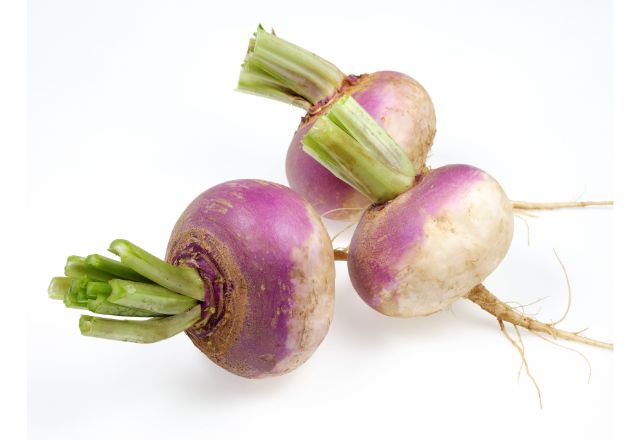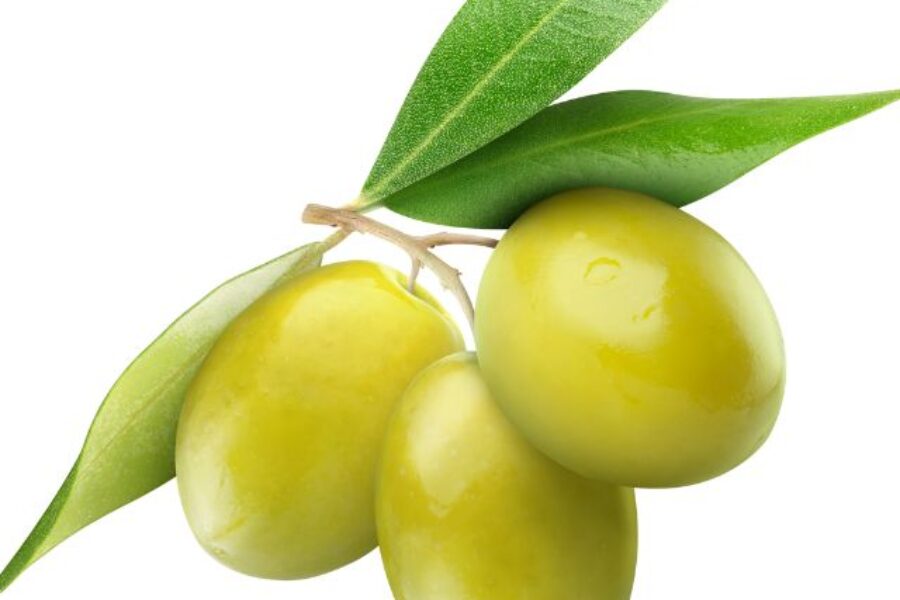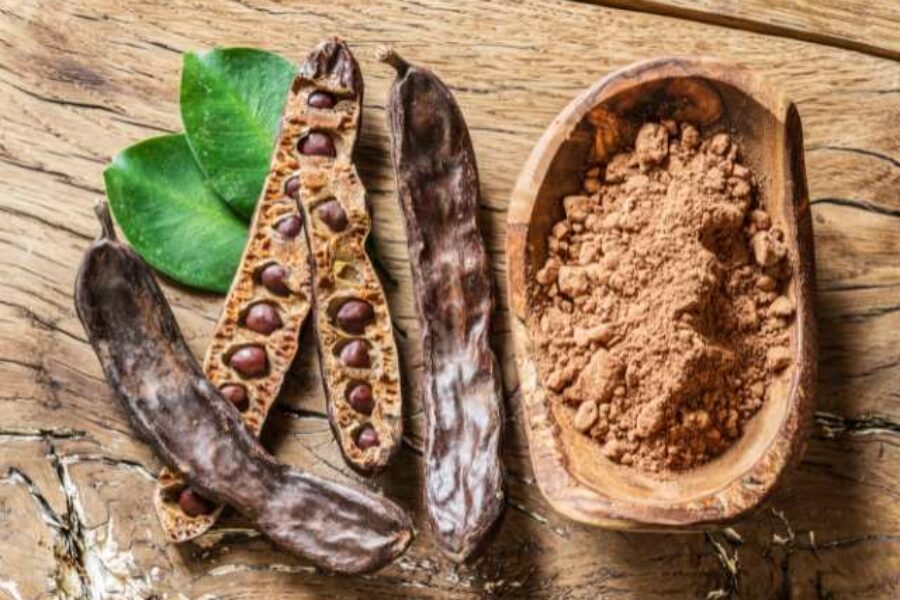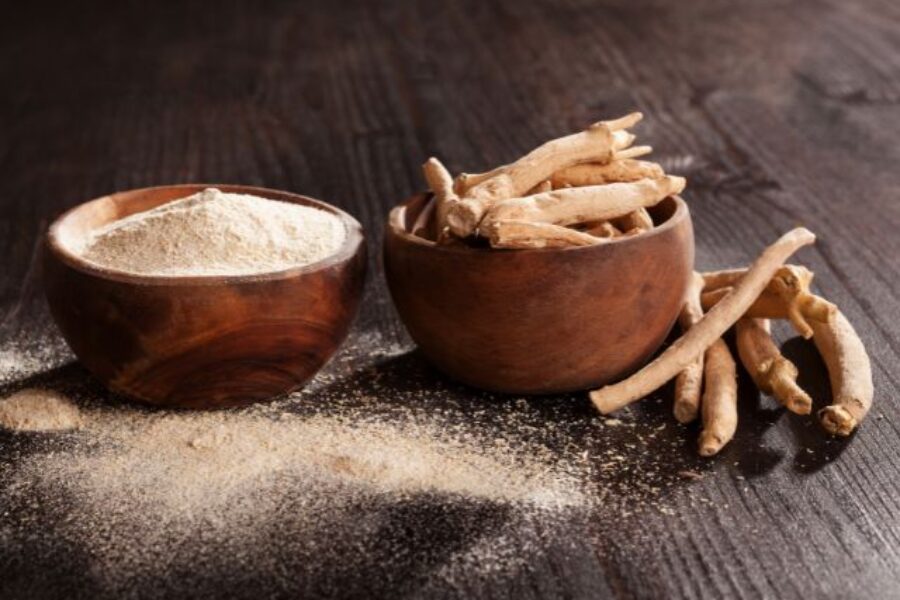Turnips are a root vegetable that has been enjoyed by cultures around the world for centuries. With a unique taste and impressive nutritional value, turnips are a versatile ingredient in many dishes, from soups and stews to salads and roasted dishes. Whether you’re a foodie looking to expand your palate or a health-conscious individual seeking a nutrient-packed vegetable to add to your diet, turnips offer a variety of benefits. In this article, we’ll explore the history, nutritional value, culinary uses, growing tips, and fun facts about turnips, so you can discover the many reasons why this humble root vegetable is worth incorporating into your meals.
Nutritional Value of Turnips
Turnips are low in calories and high in fiber, making them a nutritious addition to any diet. One medium-sized turnip contains only 34 calories but provides 2 grams of fiber, which is about 8% of the daily recommended value. Turnips are also a good source of several essential vitamins and minerals, including vitamin C, vitamin K, folate, and potassium.
Vitamin C is a powerful antioxidant that helps boost the immune system and protect the body against cell damage. One medium-sized turnip provides about 30% of the daily recommended value of vitamin C. Vitamin K, on the other hand, plays a key role in blood clotting and bone health, and a single serving of turnips contains about 10% of the daily recommended value.
Turnips are also a good source of folate, a B vitamin that helps with cell growth and development. One serving of turnips provides about 6% of the daily recommended value of folate. Additionally, turnips are rich in potassium, a mineral that helps regulate blood pressure and supports proper muscle and nerve function.
In addition to these important nutrients, turnips contain small amounts of other vitamins and minerals, such as calcium, iron, and manganese. Overall, turnips are a nutrient-dense vegetable that can provide a range of health benefits when included in a balanced diet.

Health benefits of eating turnips
Eating turnips can offer several health benefits, thanks to their nutrient content. Here are some of the potential benefits of incorporating turnips into your diet:
- May improve digestion: Turnips are a good source of fiber, which can help promote regular bowel movements and prevent constipation. Additionally, the fiber in turnips may help promote the growth of beneficial gut bacteria, which can support overall digestive health.
- May reduce inflammation: Turnips contain several antioxidants, including vitamin C and beta-carotene, which can help reduce inflammation in the body. Chronic inflammation has been linked to a range of health issues, including heart disease, diabetes, and certain types of cancer.
- May support heart health: The fiber and potassium in turnips can help lower blood pressure and improve cholesterol levels, which are both important for heart health. Additionally, the antioxidants in turnips may help protect against oxidative stress, which can contribute to heart disease.
- May promote healthy skin: Vitamin C is essential for collagen production, which helps keep the skin firm and healthy. Turnips are a good source of vitamin C, and eating them may help promote healthy skin.
- May support bone health: Vitamin K is important for bone health, as it helps regulate calcium absorption and may help prevent bone loss. Turnips are a good source of vitamin K, and eating them may help support bone health.
Overall, eating turnips as part of a balanced diet can offer several potential health benefits.
Different Types of Turnips
Turnips come in several different varieties, each with their own unique characteristics and flavor profiles. Here are some of the most common types of turnips:
- Purple-top turnips: Purple-top turnips are one of the most commonly grown varieties of turnips. They have white flesh with a purple or pinkish top, and a mild, slightly sweet flavor. They can be eaten raw or cooked, and are often used in stews, soups, and roasted dishes.
- Tokyo turnips: Tokyo turnips are a smaller, delicate variety of turnips that have white, slightly sweet flesh and a mild flavor. They are often eaten raw in salads or pickled, but can also be cooked.
- Golden turnips: Golden turnips, also known as yellow turnips, have yellowish flesh and a sweet, earthy flavor. They are often used in soups and stews, but can also be roasted or mashed.
- Rutabagas: Rutabagas are a larger, more robust variety of turnips that have yellowish flesh and a stronger, slightly bitter flavor. They are often used in soups and stews, and can also be roasted or mashed.
- Hakurei turnips: Hakurei turnips are a small, sweet variety of turnips that are often eaten raw or lightly cooked. They have a white, tender flesh and a mild flavor that pairs well with salads and other light dishes.
These are just a few examples of the many types of turnips available. Each variety has its own unique characteristics and can be used in a variety of dishes, so it’s worth experimenting to find your favorite type of turnip.
Culinary Uses of Turnips
Turnips are a versatile vegetable that can be used in a variety of culinary applications. Here are some of the most common ways to use turnips in the kitchen:
Roasting: Turnips can be roasted with a little bit of olive oil and seasoning for a delicious and nutritious side dish. The roasting process caramelizes the natural sugars in the turnips, giving them a sweet, nutty flavor.
Soups and stews: Turnips are a great addition to soups and stews, as they add a mild, slightly sweet flavor and a hearty texture. They can be diced or sliced and added to the soup or stew along with other vegetables and proteins.
Mashed turnips: Mashed turnips, also known as “neeps,” are a classic side dish in many cultures. Simply boil the turnips until they’re soft, then mash them with butter, salt, and pepper for a delicious and nutritious alternative to mashed potatoes.
Pickling: Turnips can be pickled in vinegar and spices for a tangy, crunchy snack. Pickled turnips are a popular condiment in Middle Eastern cuisine, and can be used to add flavor and texture to sandwiches, salads, and wraps.
Salads: Raw turnips can be thinly sliced or julienned and added to salads for a crunchy texture and a mild, slightly sweet flavor. They pair well with other vegetables, such as carrots and cucumbers, and can be dressed with a simple vinaigrette or creamy dressing.
These are just a few examples of the many culinary uses of turnips. With their unique flavor and texture, turnips can add depth and complexity to a variety of dishes, from simple salads to complex stews.

Fun Facts About Turnips
Turnips may not be the most glamorous vegetable, but they have a long and interesting history. Here are some fun facts about turnips:
Turnips have been cultivated for thousands of years and were a staple crop in ancient Greece and Rome.
Turnips were once believed to have magical properties and were used in a variety of folk remedies and superstitions. For example, in medieval Europe, turnips were often carved into lanterns and used to ward off evil spirits on All Hallows’ Eve (now known as Halloween).
In some cultures, turnips were traditionally used as a winter animal feed, due to their hardiness and ability to grow in poor soil conditions.
Turnips are a member of the brassica family, which also includes other cruciferous vegetables like broccoli, cauliflower, and kale.
Turnips are a good source of vitamin C, fiber, and potassium, and are low in calories, making them a nutritious addition to any diet.
In Scotland, neeps and tatties (mashed turnips and potatoes) are a traditional dish served on Burns Night, a holiday celebrating the life and poetry of Scottish poet Robert Burns.
Turnips have a long shelf life and can be stored for several weeks in a cool, dry place.
Whether you’re a fan of turnips or just curious about this underappreciated vegetable, these fun facts offer a glimpse into the rich history and cultural significance of turnips.
Recap of the importance of turnips in nutrition and culture
Turnips may not be the most glamorous vegetable, but they have played an important role in both nutrition and culture throughout history. From their early use as a staple crop in ancient Greece and Rome to their modern-day culinary applications, turnips have been a valuable source of nutrition and inspiration for countless generations.
Nutritionally, turnips are a good source of vitamin C, fiber, and potassium, making them a nutritious addition to any diet. They are also low in calories, making them a popular choice for those looking to maintain a healthy weight.
Culturally, turnips have been used in a variety of ways throughout history. They were once believed to have magical properties and were used in a variety of folk remedies and superstitions. In Scotland, mashed turnips and potatoes are a traditional dish served on Burns Night, a holiday celebrating the life and poetry of Scottish poet Robert Burns. Turnips have also played a role in Halloween celebrations, with carved turnip lanterns once used to ward off evil spirits.
Overall, turnips are an underappreciated vegetable with a rich history and important nutritional and cultural significance. Whether you’re roasting them for a tasty side dish or using them in a traditional recipe, turnips are a versatile and nutritious addition to any diet.







